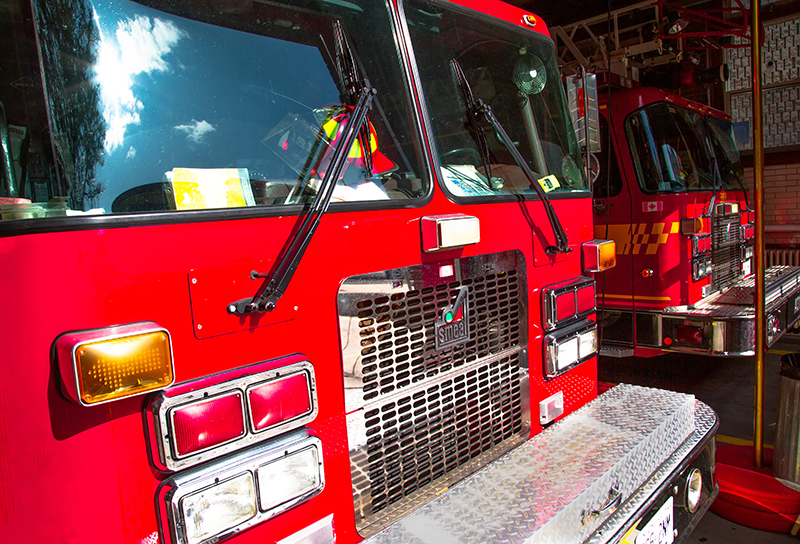
Toronto firefighters mourn deaths of two colleagues due to cancer from the job
September 2, 2021
By
The Canadian Press

Fifty active and retired Toronto firefighters have died of cancer from the job since 2015, says Toronto’s acting chief. (eskystudio/Adobe Stock)
By Liam Casey
TORONTO — Two Toronto firefighters recently died of cancer from their time on the job, sending colleagues into mourning and serving as a stark reminder of the hazards of the career, the city’s acting fire chief said Aug. 20.
Toronto firefighters are mourning the loss of two colleagues who died of cancer from their time on the job.
Capt. Martin Costoff died of brain cancer on Aug. 17 and Capt. George Daniel Thompson died on Aug. 11 from esophageal cancer, said Acting Chief Jim Jessop.
“These hit hard,” Jessop said.
Costoff started his career in 1988 with North York Fire prior to amalgamation and eventually rose to the rank of captain with the Toronto Fire Service.
Thompson also began his career in 1988, but with East York Fire. He, too, rose to captain with the service.
“We have lost two of our family members,” Jessop said.
“It really is a stark reminder of the dangers the women and men of Toronto Fire Service face every day.”
Jessop said 50 active and retired Toronto firefighters have died of cancer from the job since Jan. 1, 2015.
All are considered to have died in the line of duty, Jessop said.
In 2007, the province amended the Workplace Safety and Insurance Act to create a statutory presumption for firefighters and fire investigators to receive compensation for heart injuries and certain cancers without having prove they are work related.
There are 17 different types of cancers on the list and firefighters must have a certain amount of time on the job for each one in order to qualify, according to a policy manual from the Workplace Safety and Insurance Board.
Costoff and Thompson began their careers, like Jessop, in an era where safety rules were different than now, the acting chief said.
“What we have seen is the longer-term impact of the materials and the combustion and the carcinogens that firefighters are exposed to everyday at work and the cumulative effect that that has on their health,” Jessop said.
The job has become more dangerous over the years, largely due to the changing materials used in homes and buildings, Jessop said.
Natural materials have given way to plastic and polyurethane for many furnishings.
The time to flashover — the point when every piece of material reaches its ignition point and an untenable situation for firefighters to enter — has shrunk to 10 minutes, Jessop said, from about 30 minutes.
That has affected firefighters’ ability to conduct search and rescue operations inside a burning building.
Those newer materials, when burned, also affect firefighters’ health, Jessop said.
“You get all of the chemicals in the off-gassing,” Jessop said.
“It’s been proven to result in a number of cancers that firefighters are predominantly more likely to get given our occupation.”
Now, Jessop said, the industry has become much more wise to the long-term dangers of fighting fires.
Firefighters now clean off their equipment right after leaving a fire, they’ll leave their oxygen on so they’re not breathing fumes from their gear.
Gone are the days of putting smoky helmets or gear back on, he said.
“We are cleaning, we are decontaminating and doing everything within our power to reduce the probability of future firefighters from developing cancer,” Jessop said.
This report by The Canadian Press was first published Aug. 20, 2021.